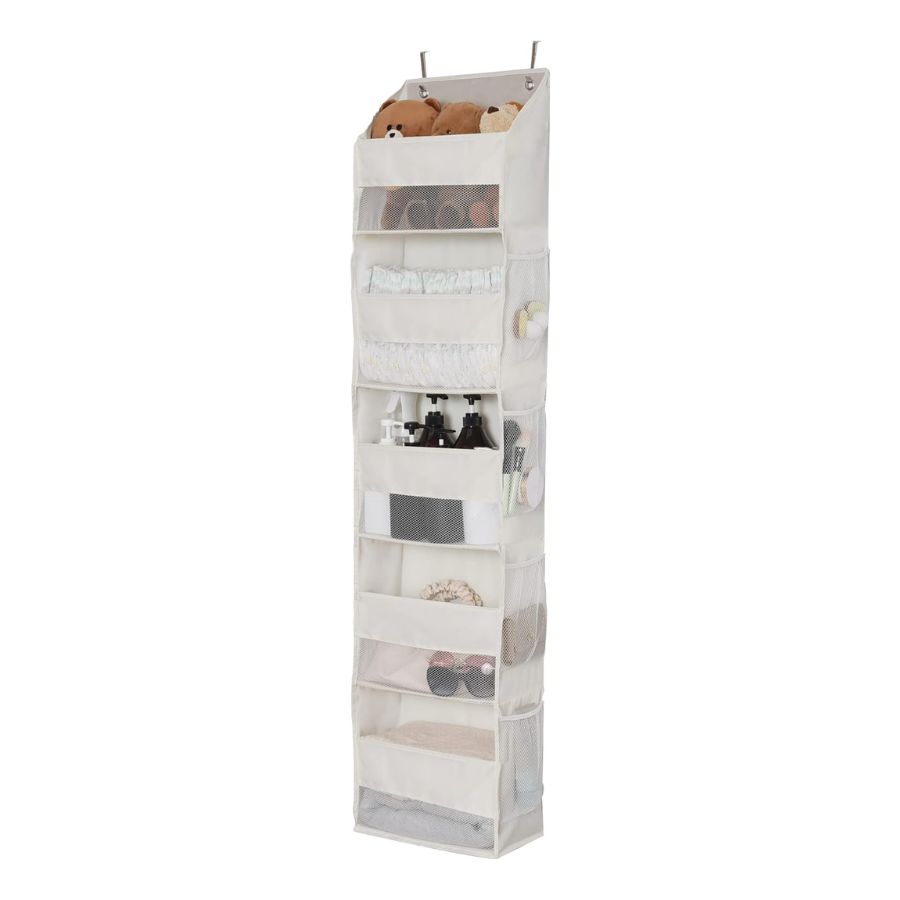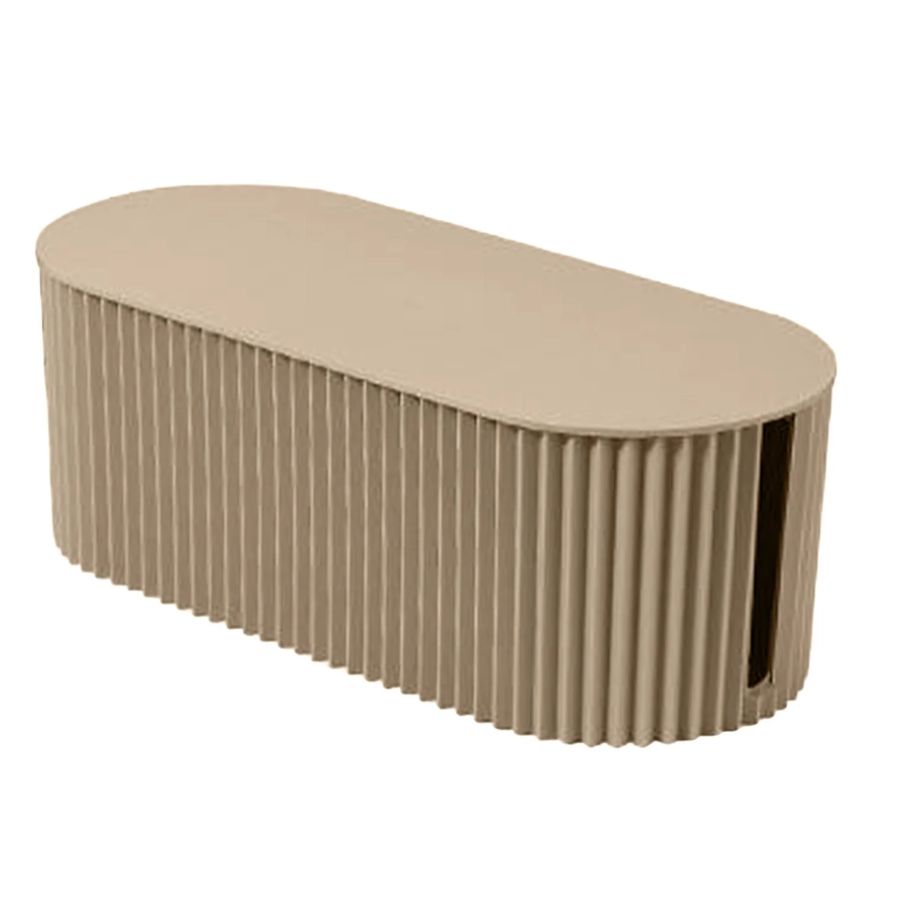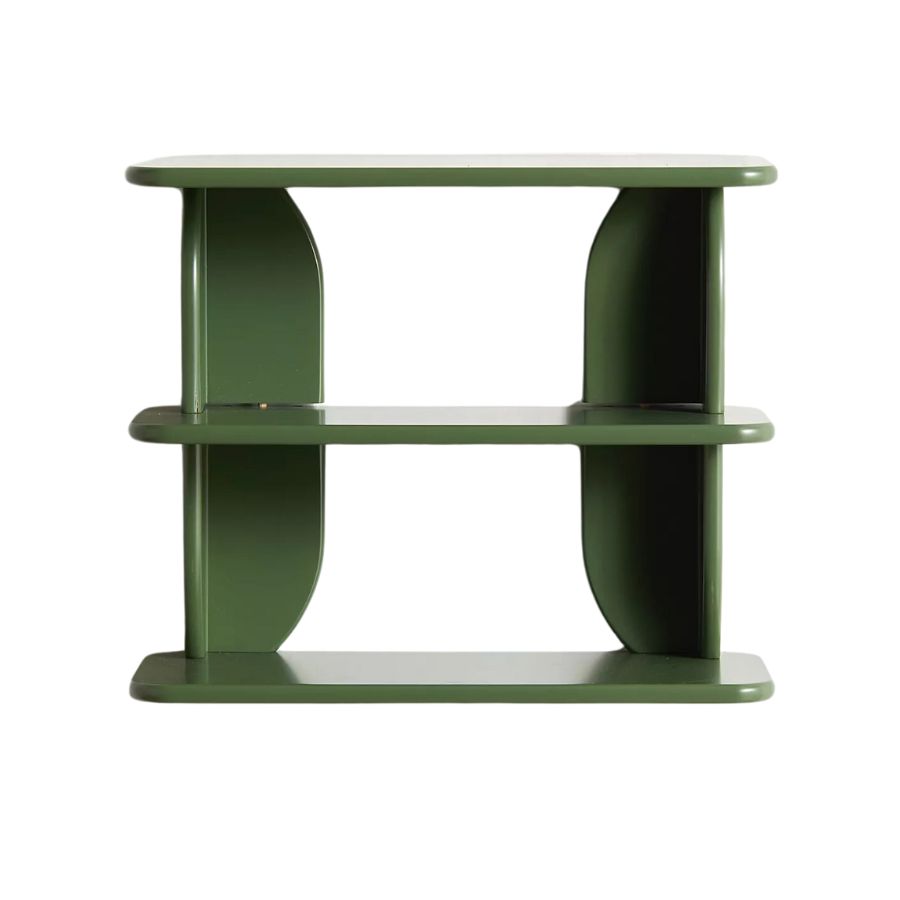8 Things People With Small Homes Invest Their Time and Money into to Make Them Work Better
Organizing a small space isn't the easiest of tasks, but with these decluttering tactics, your home will be given a new lease of life


When space is at a premium, honing your organizational techniques is key to keeping control of the clutter. Instead of your small space feeling cramped and claustrophobic, your pokey rooms hold the potential to feel elevated, airy, and easy to navigate on a day-to-day basis.
Some simple design ideas can help your space look and feel bigger. 'Make it light and airy with a neutral palette,' suggests Artem Kropovinsky of Arsight, an interior design studio based in New York. 'Or add mirrors that work wonders, reflecting light and giving the impression of space making areas seem more spacious.' But organization takes your room to another level altogether. To maximize every inch, the designers agree that it comes down to storage, decluttering, and thinking outside of the box with clever, multifunctional furniture. Here are our 8 favorite tips from the experts.
1. Invest in multifunctional furniture
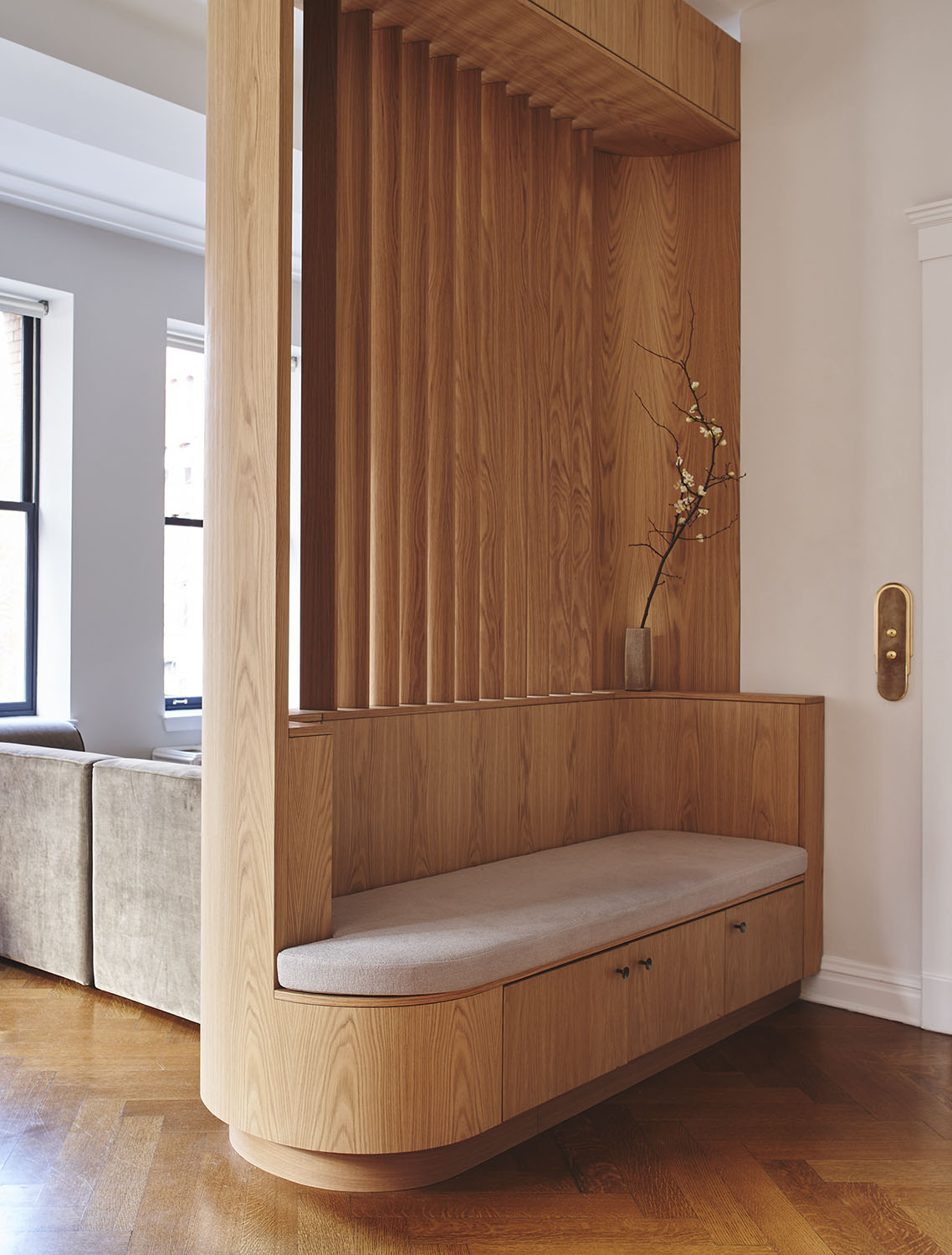
First things first, multifunctional furniture is crucial when it comes to organizing a small space. 'In small rooms, multifunctional furniture makes all the difference,' says Artem Kropovinsky, founder of New York-based Arsight. 'Think of storage ottomans or drop-leaf tables. The brilliant thing is that these pieces are stylish yet flexible.'
Artem also mentions sofa beds as a great example of multifunctional furniture, doubling up as a bed when guests come to stay, but folding away again with ease as soon as they leave. Some sofas also have storage units built in, working perfectly for a small living room that lacks adequate storage, and storage beds are another fabulous invention, opening with either a hinge that reveals masses of storage space, or handy drawers. Meanwhile, bench seating is another perfect way to add seating and storage simultaneously.
'A storage ottoman in a living room can store extra blankets and pillows; a lift-up bed can accommodate sporting equipment or Christmas decorations; or an entry bench can lift up to reveal storage space inside for shoes,' summarizes Tyson Ness, interior designer at Studio Ness. 'When space is at a premium, look into furniture that can cleverly disguise storage space, any small bit matters.'
2. Decluttering
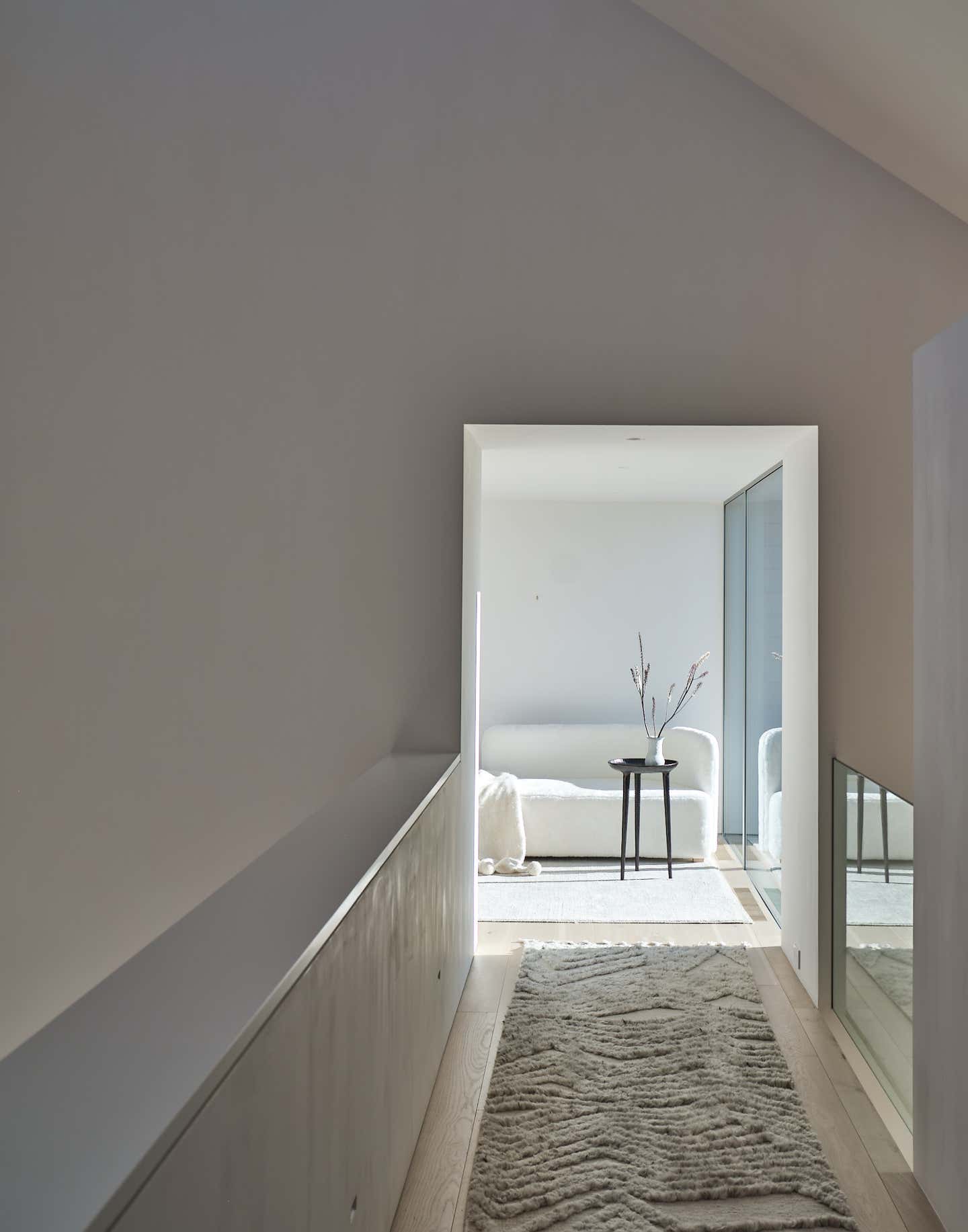
Clutter is a real problem for small spaces. It builds up without us noticing, and over time just creates a space that feels cramped and full of unnecessary stuff. Start by giving your home a real audit and get to grips with decluttering. Being ruthless is the best way to approach decluttering. Ask yourself whether you have used something recently and whether it is contributing anything to the room - either functionally or aesthetically. If the answer is no, it's time for it to go. Ben Soreff, a declutterer at House to Home Organizing advocates trying the six-month rule. 'The six-month rule basically states that when you are organizing your space and decluttering, anything you haven’t used in the past six months can probably go,' says Ben.
Remember that the more surfaces you have, the more likely they're going to become a dumping ground for unopened post, discarded mugs, leaflets, and magazines - all those things that slowly start to accumulate throughout the home.
To tackle this, consider getting rid of that extra coffee table or side table, or try a tray on your kitchen island instead where the stuff is allowed to build up, giving it a small but dedicated space instead of the entire space to sprawl. Finally, get into the habit of actually putting things away and giving them a home and you'll avoid the dreaded clutter build-up.
3. Use vertical space
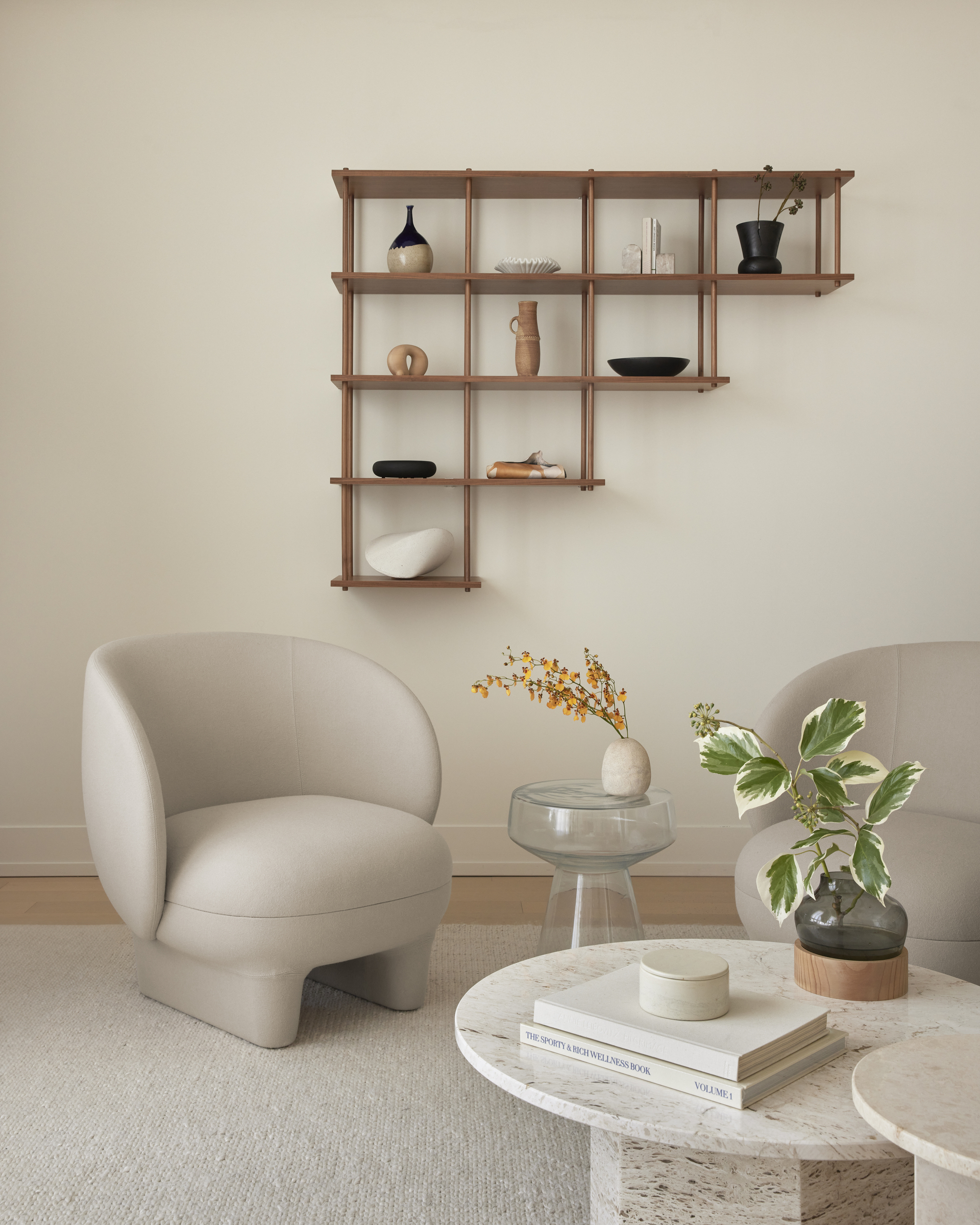
Vertical space should be optimized to make the most of the room you have, and is perfect for apartment storage. From floating shelving that can look charming and decorative, to bespoke storage units that go all the way to the ceiling, to hanging racks that make the most of that awkward space behind doors, vertical space is your best friend and a simple way to organize efficiently.
Vertical storage solutions are also appropriate for every room in the home, from the bedroom to the kitchen to the living room.
4. Incorporate closed storage
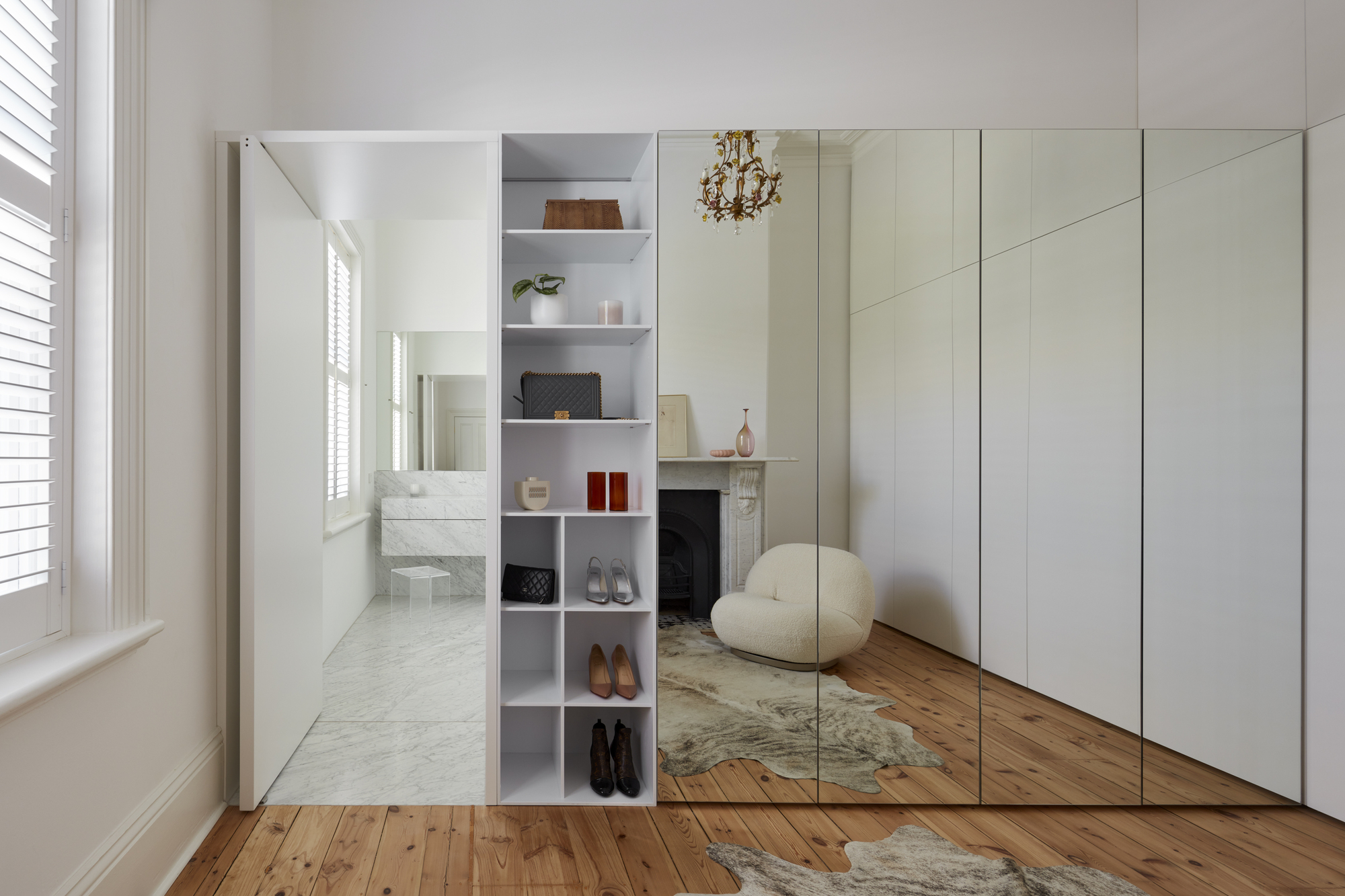
When thinking vertically, always consider closed storage as well as open. Decorative open storage certainly has its place, but it's not a wise move if you are struggling with a small space. While open storage and shelving can look aesthetically pleasing and offer you space to decorate and display your favorite things and items of decor, a mix of closed storage is essential for storing the unsightly elements.
In this example by Architects Ink, the closed storage opens to reveal shelving taken up the wall, and the mirrored front of the wardrobe helps the space feel even larger.
When it comes to closet organization, remember to divide vertically and think about what exactly you'll be squirreling away behind closed doors. While vertical shelving might be best for a bedroom where you want to hide away fabric storage boxes of jumpers, horizontal cupboards are needed in utility rooms or mudrooms where you can hide larger household items like that clunky vacuum cleaner or ironing board that needs that tall space.
5. Avoiding bulky hardware
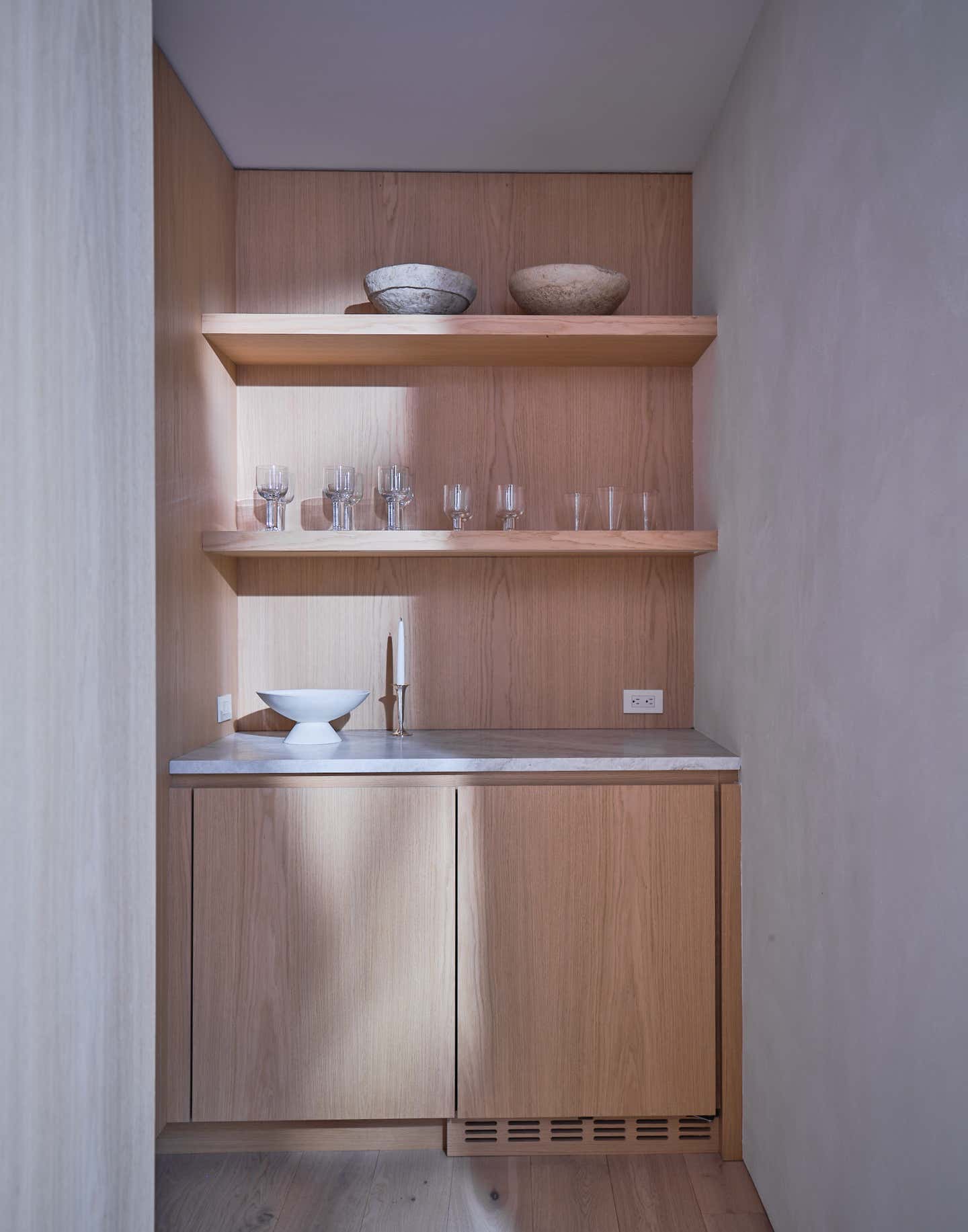
For a simple change, create a seamless look by ditching bulky handles that take up visual space in favor of tactile pulls that are worked into the material, mimicking the grip of a hand and in this example by Michael Del Piero driving a minimalist mudroom aesthetic.
When you're lacking space, these are the minor details that make such a difference, and it's about getting rid of the excess and stripping it back for a slick and calming finish.
6. Hiding away electrical sockets
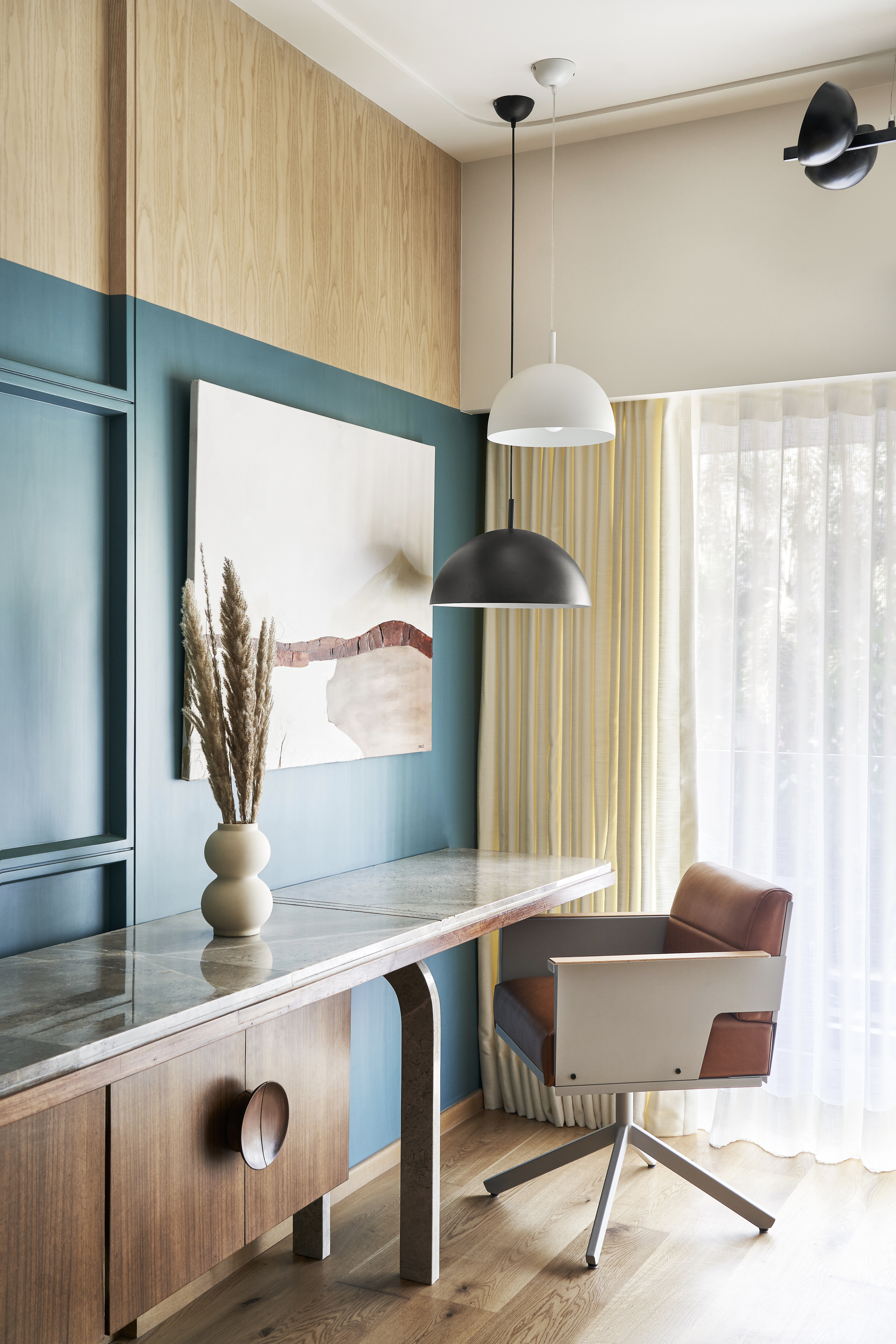
Organizing small spaces isn't just about storage solutions – think practically, too. Fitting electrical sockets inside tall cabinets will allow cordless appliances to charge while they’re neatly stored away.
'One hack I always integrate into small bathrooms is placing an outlet inside vanities and medicine cabinets and storing all plugged-in hairdryers and toothbrushes hidden away and not cluttering the countertop,'says Karina Marshall of Blaine + Marshall Architects.
7. Concealing bulky appliances when not in use
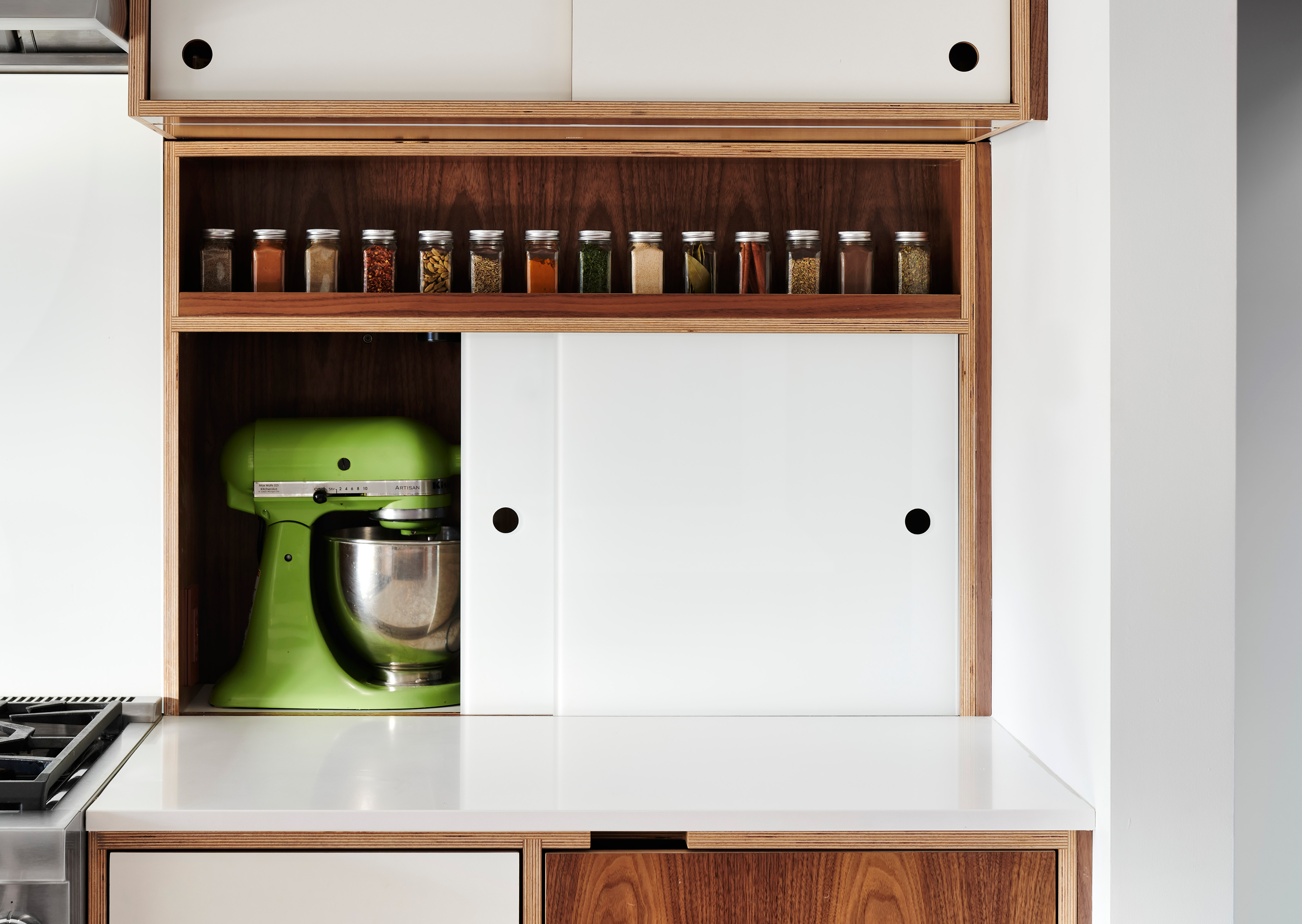
From hidden larders that shut away with pocket doors, concealing those bulky coffee makers, to disguising your kitchen trash can with a mini curtain, when organizing small spaces, shutting away those bulky appliances is essential, and the kitchen is probably one of the rooms that benefits from this idea the most.
'The concept of a hidden kitchen aligns with the idea of multifunctional spaces,' explains Darren Genner of Studio Minosa. 'In modern homes, the kitchen often serves as the heart of the house, catering to various activities beyond cooking. Concealing kitchen elements when not in use helps maintain a clean and organized appearance while maximizing the versatility of the space.'
8. Minimizing obstacles
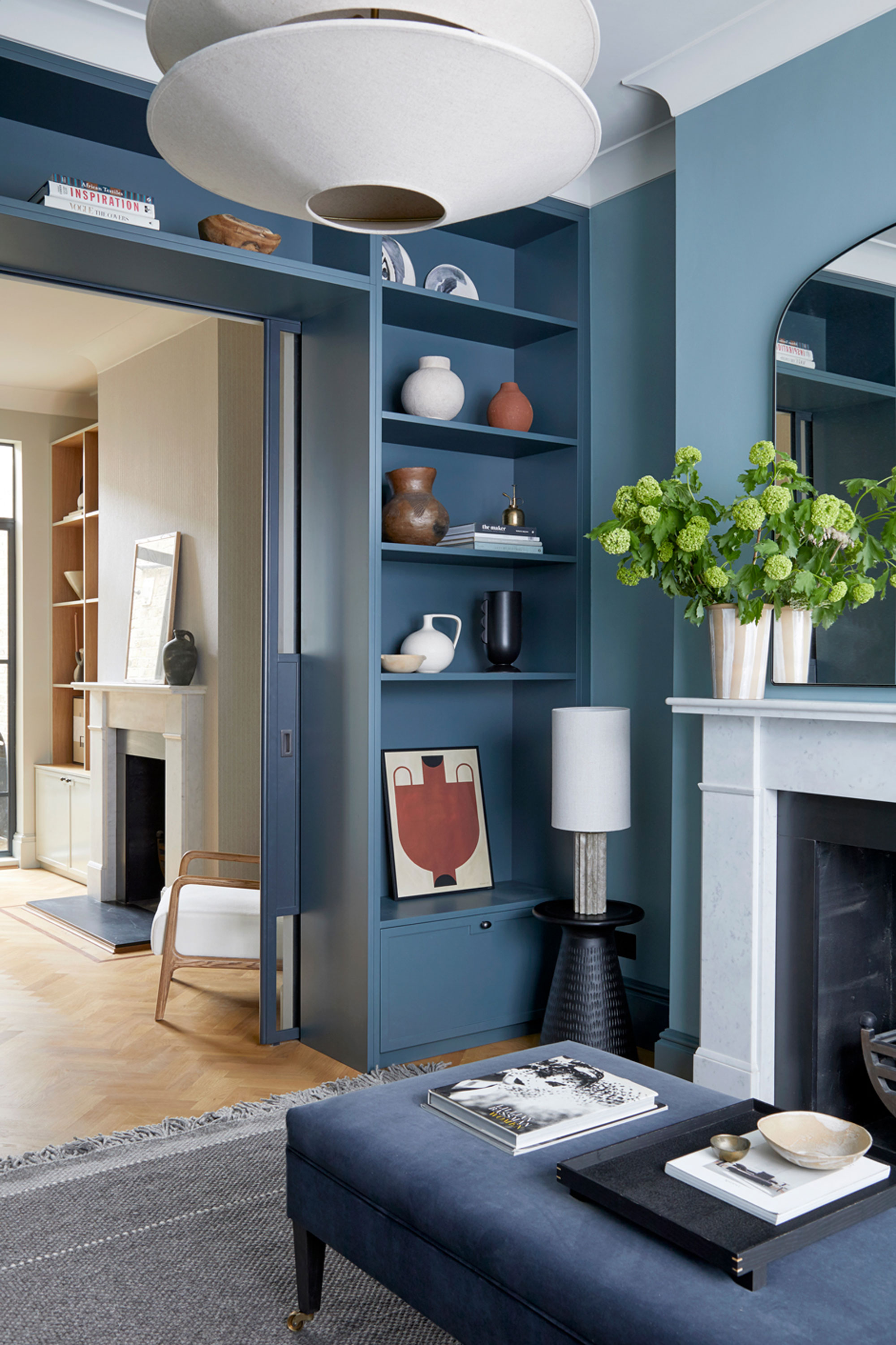
Minimize the obstacles you might encounter as you move through the home. A glaringly obvious obstacle we use every day is internal doors. Pocket doors are my favorite way to combat the problem, sliding open without feeling bulky and clunky and creating an uncluttered aesthetic.
On a track, pocket doors recede into a mounted frame on a wall. Perfect for a transitional space between a dining room and a living room, or dividing two living room spaces, the pocket doors close to create a cozy feel and break up open plan space, but open seamlessly for when you want to blend the spaces.
Just be wary that pocket doors won't work in all spaces, and you might want to avoid pocket doors as options for hallways and bathrooms where privacy is a factor. You might even be tempted to do one better and go for glass pocket doors that embrace natural light and encourage light to fill your small spaces, encouraging a bright and airy feeling at home.
3 buys to help you organize a small space
Be The First To Know
The Livingetc newsletters are your inside source for what’s shaping interiors now - and what’s next. Discover trend forecasts, smart style ideas, and curated shopping inspiration that brings design to life. Subscribe today and stay ahead of the curve.

Former content editor at Livingetc.com, Oonagh is an expert at spotting the interior trends that are making waves in the design world. She has written a mix of everything from home tours to news, long-form features to design idea pieces, as well as having frequently been featured in the monthly print magazine. She is the go-to for design advice in the home. Previously, she worked on a London property title, producing long-read interiors features, style pages and conducting interviews with a range of famous faces from the UK interiors scene, from Kit Kemp to Robert Kime. In doing so, she has developed a keen interest in London's historical architecture and the city's distinct tastemakers paving the way in the world of interiors.
-
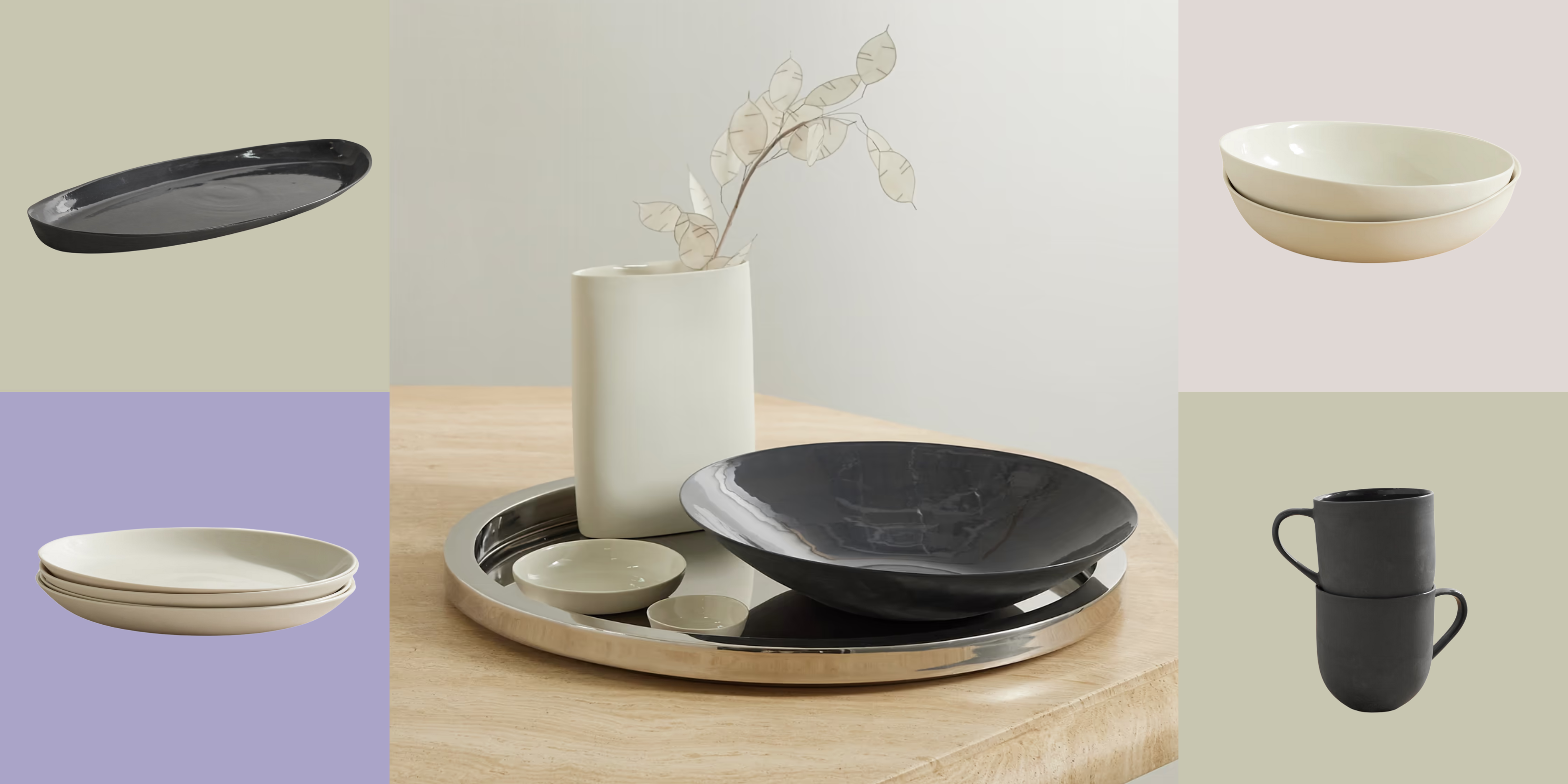 Turns Out, Sustainable Design Can Be Chic, and Net-a-Porter's 'Net Sustain' Curation Is Proof — Here's What I'm Shopping
Turns Out, Sustainable Design Can Be Chic, and Net-a-Porter's 'Net Sustain' Curation Is Proof — Here's What I'm ShoppingFrom the Net Sustain collection, Mud Australia's homeware is not only design-oriented, but eco-focused, too
By Devin Toolen
-
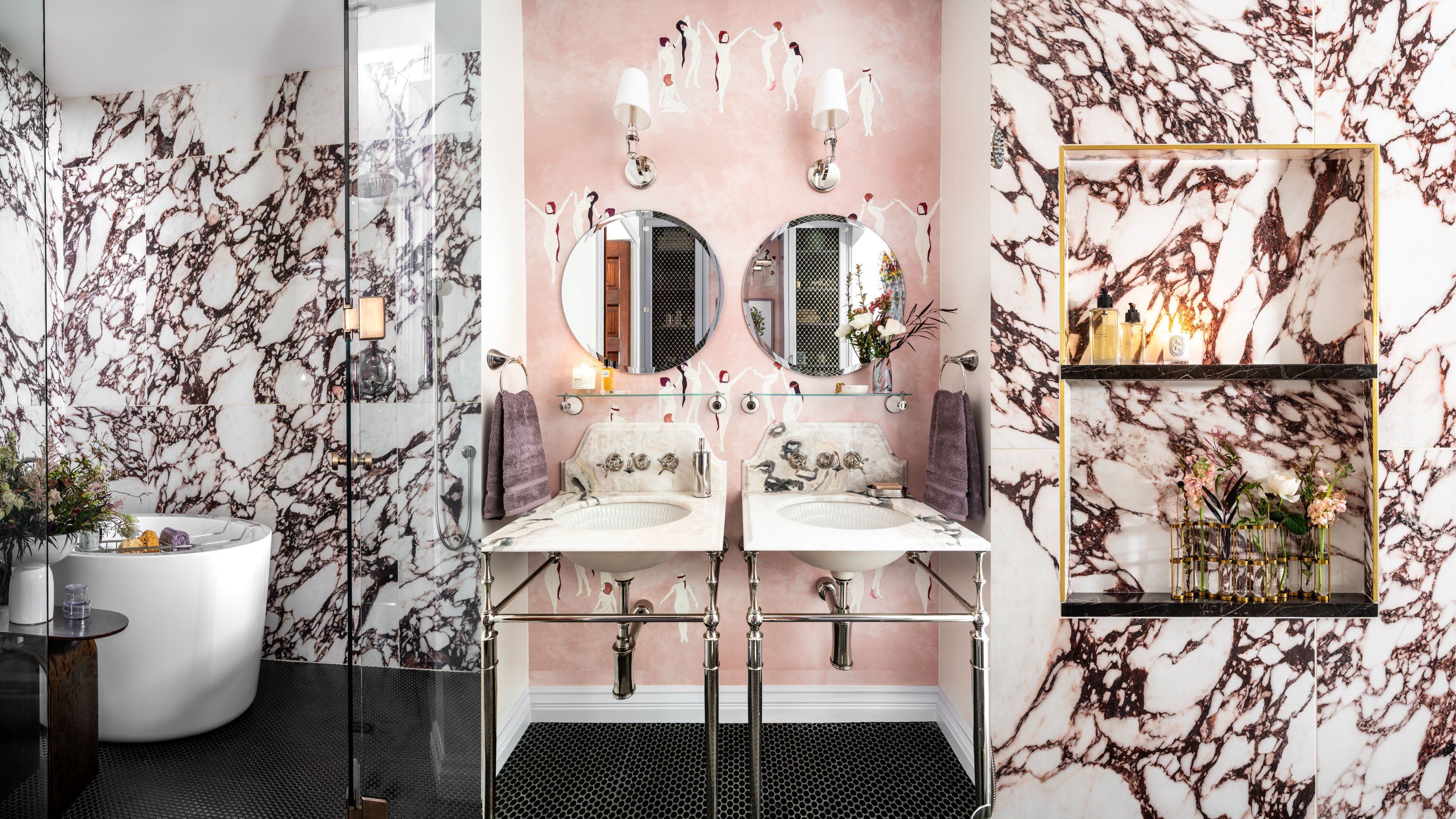 Before and After — How This Jewel-Box Bathroom Made the Most of Its Proportions With Maximalist Design and a 'Soaking Tub'
Before and After — How This Jewel-Box Bathroom Made the Most of Its Proportions With Maximalist Design and a 'Soaking Tub'This design offers a masterclass on creating a luxurious bathroom that is equally playful and elegant.
By Maya Glantz
